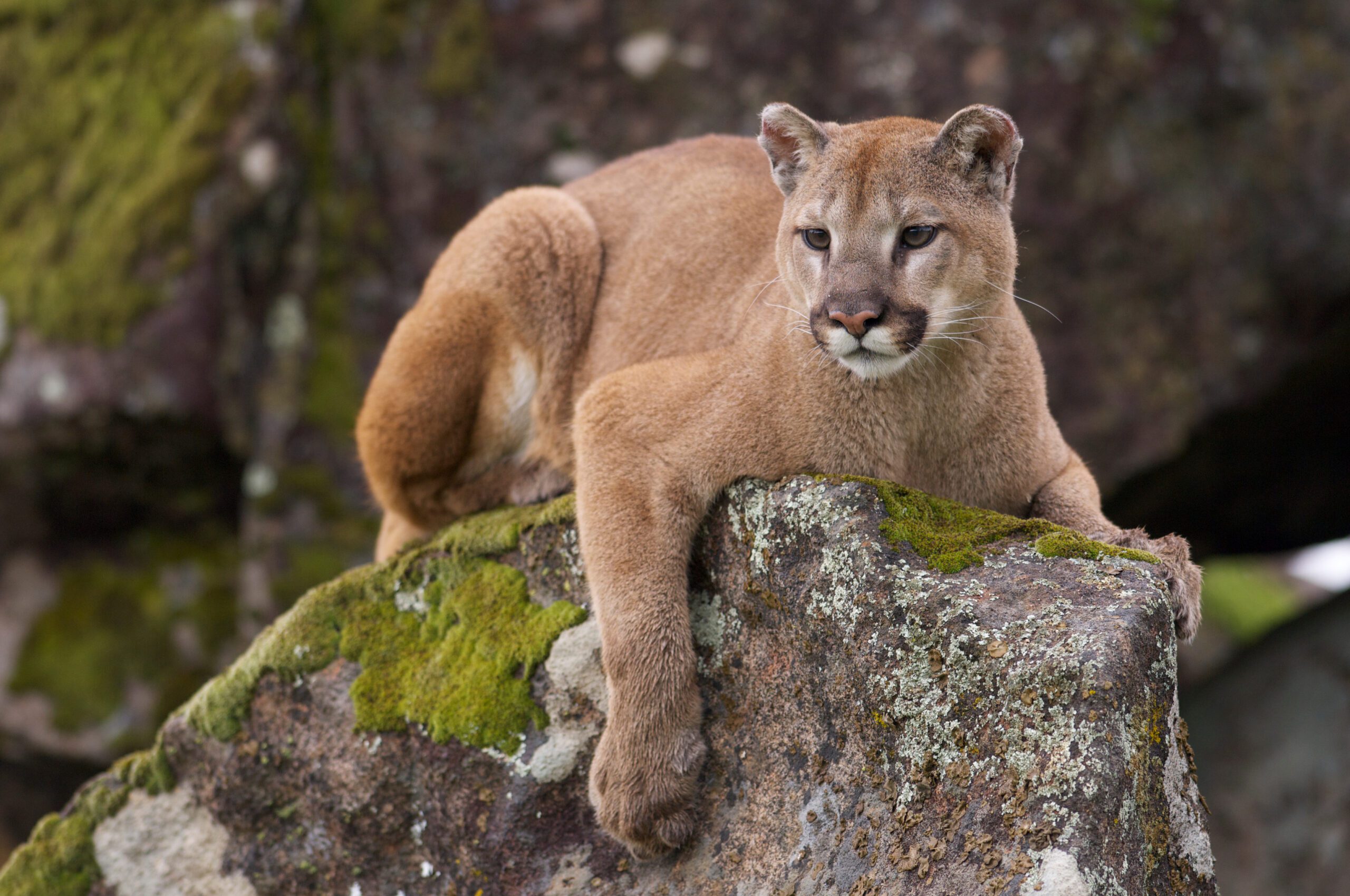Montana Fish and Wildlife Commission targets mountain lion numbers
By Benjamin Alva Polley EBS COLUMNIST
I’ve been working and recreating in the forests and mountains of the West (mostly Montana) for over two decades. In all that time, I’ve only seen four mountain lions. Three of them were from cars, me on the inside, them on the outside. And then there was the lion I encountered when we were both outside.
In the summer of 2012, I was stationed for over 70 days at Prairie Reef Fire Lookout in Montana’s 1.5-million-acre Bob Marshall Wilderness. The area was high, remote, and wild. Mountains marched in all directions along the horizon.
Around 6:30 p.m. one evening, I heard hoary marmots whistling alarm calls outside the one-room lookout: a drawn-out whistle followed by a long pause, repeated at intervals. A whole colony of marmots was strung along the cliffs of this mountain kingdom. I tuned in to their communication, an invisible wire alerting others of danger beyond my periphery. I searched for clues as to why these animals, which weren’t nicknamed the “whistle pig” for nothing, were making a racket. I scanned down the trail for hikers, but people rarely came in this late since the lookout was a long day hike at 15 miles back. I checked the skies for the golden eagles that hunt marmots. I looked over the cliff’s edges for wolverines or grizzlies that would also take a marmot. I saw nothing. The alarms continued.
Suddenly, the calls changed to short rapid beeps with brief breaks like birdsong.
Then I saw it. A mountain lion stole silently below on big furry paws. I watched the profile of its long, black-tipped tail airbrushing the sky as the muscular feline crouched, then leaped toward a bumbling marmot. The marmot dived down its black hole, barely escaping with its life. I realized the first wave of marmot whistles had meant a general danger, and the other ones were more specific: stalking lion. My glimpse of the ghost of the Rockies lasted seconds before the cat vanished under the rock walls.
That moment was one of the highlights of my life. I moved to Montana over twenty years ago because it is the only state that retains most of its original biodiversity—besides Alaska. I wanted a chance to see grizzlies, lions, lynx, wolves and wolverines outside of zoos. As Kris Tompkins recently said in Wild Life, “A landscape without wildlife is just scenery.” And frankly, I’m not interested in just scenery. But moments like this one may become rarer in a state administration proving itself to be anti-predator. It feels like history repeating itself.
On June 8, the Montana Fish and Wildlife Commission, appointed by Gov. Gianforte, voted to increase hunting quotas for cougars statewide, hoping to reduce the overall population by 40% in the next six years.
The motivation, the commission says, is to elevate deer, elk and sheep populations, which they say are on the decline. To reach this target, hunters must kill 86% more lions yearly than the current annual rate, according to reporting from the Missoulian.
It’s the latest in a string of policies by the commission increasing quotas on predators: first wolves, then grizzlies, and now lions. The commission increased wolf kills and then desired to delist grizzlies from the Endangered Species List. Critics see these moves as self-interested; hunting outfitter and Commission Chairman Patrick Tabor, for instance, charges clients thousands of dollars per mountain lion and wolf hunt, and perhaps would for grizzlies, if they were delisted.
Many lion hunters are alarmed by the recent move to increase lion quotas, believing it fails to address the root causes of declining ungulate numbers.
“I have hunted Montana most of my adult life, and the ungulate population has waxed and waned every five to 10 years,” Nathan Wolf, a member of the Montana State Houndsmen Association, told the Bozeman Daily Chronicle. “And to focus on lions when there are so many other factors, there doesn’t seem like an appropriate decision to make such an aggressive move.”
Many agency biologists are alarmed by the current administration’s stance on predators.
“Now, we have these new politicians in office who are pandering to the most extreme anti-[wildlife] elements, like we’re back in the 1800s,” said Chris Servheen, former grizzly bear recovery coordinator with U.S. Fish and Wildlife Service to me in my Mountain Outlaw Magazine story. “We don’t live [in Montana] to exterminate all the predators and drive them into small pockets. Politicians shouldn’t be making wildlife policy.”
Throughout the twentieth century, an all-out war was declared on predators to boost game species like deer and elk. Humans hunted fur-bearing predators near extinction with our guns, poisons, and steel. Historically, lions ranged throughout the Lower 48 from coast to coast but now are relegated mainly to western states, the northern Great Plains, the Great Lakes region and Florida’s Everglades, with a few solitary males roaming into Ohio and Pennsylvania. One collared male trekked 1,500 miles from South Dakota to Connecticut. Mountain lions are reinhabiting places they once inhabited, the only large cat whose global population is increasing; every other large cat population is threatened or endangered. Mountain lions are the most successful predator in the Americas ranging from South America’s Tierra del Fuego to Canada’s southern Yukon, thanks to conservation efforts nationwide.
The Mountain Lion Foundation reports that from 1902-2014, at least 13,188 lions have been killed in Montana, not including vehicle collisions, inadvertent poisoning, poaching, euthanization by FWP or unknown deaths. Although their numbers declined, Lions were never put on the Endangered Species List. Lion hunters and conservationists rallied in the early 1970s and 1990s to convince FWP to lower quotas to preserve mountain lion numbers.
Now, thanks to lion hunter advocacy, Montana has a healthy lion population.
But this anti-predator sentiment of the current state government could take us back to the 1800s when wildlife had to hide in remote pockets of wilderness to survive.
Do Montanans want that?
Hopefully, the ghosts of the mountains and forest stay undetected, and more people will voice opposition against the fearmongers wanting to exterminate all predators.
Predators are keystone species that are necessary for healthy ecosystems. Predators keep ungulates on the move and allow plants to rebound. Otherwise, herbivores will browse everything to stubble.
Montana’s landscape without predators is just scenery. I rejoice in wild Montana, which includes lions, bears and wolves. Oh, my. I count my lucky stars for all the predators I have been graced with seeing in this lovely state.















